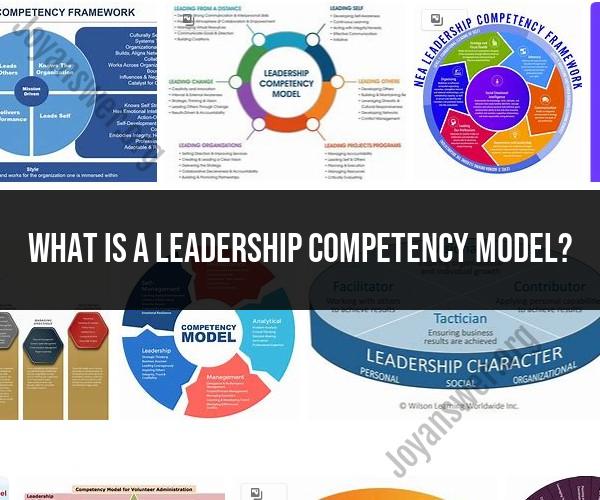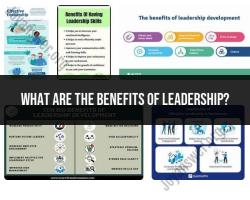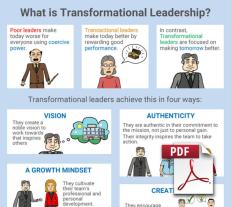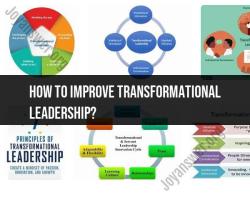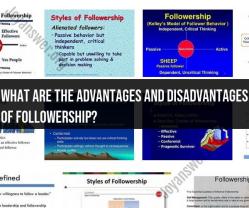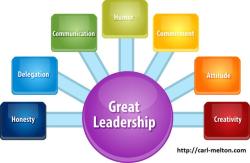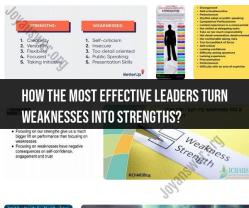What is a leadership competency model?
A leadership competency model is a structured framework that defines the specific skills, behaviors, and qualities that are essential for effective leadership within an organization. It serves as a guide for identifying, developing, and evaluating leaders at various levels, from frontline supervisors to top executives. The goal of a leadership competency model is to align leadership capabilities with the organization's strategic objectives and values, ensuring that leaders have the necessary skills to drive success.
Key components of a leadership competency model typically include:
Competencies: These are the core skills, knowledge, and attributes that leaders should possess. Competencies can be categorized into various dimensions, such as communication, decision-making, teamwork, strategic thinking, and change management.
Behavioral Indicators: Each competency is accompanied by specific behavioral indicators or descriptors that outline what effective leadership looks like in practice. These indicators provide concrete examples of how leaders can demonstrate each competency.
Proficiency Levels: Competency models often define different proficiency levels or stages of development for each competency. These levels may range from basic or foundational to advanced or expert, allowing for a nuanced assessment of leadership capabilities.
Leadership Levels: Leadership competency models can be tailored to different leadership levels within the organization. For instance, the competencies required for a front-line supervisor may differ from those needed by a senior executive.
Alignment with Organizational Values: A well-developed leadership competency model should be closely aligned with the organization's mission, vision, and values. It ensures that leaders uphold the organization's principles while achieving its strategic goals.
Developmental Pathways: Competency models often include guidance on how leaders can develop and enhance their leadership skills. This may involve recommending training, coaching, mentoring, or other developmental activities.
Performance Assessment: The competency model can serve as a basis for performance evaluations, feedback, and goal setting. It provides a common language and framework for assessing leadership effectiveness.
Succession Planning: Leadership competency models play a critical role in succession planning by identifying potential leaders and grooming them for future leadership roles within the organization.
Recruitment and Selection: Organizations can use the competency model as a tool for recruitment and selection processes, helping to identify candidates who possess the desired leadership qualities.
Continuous Improvement: Like all organizational frameworks, a leadership competency model should be periodically reviewed and updated to reflect changes in the business environment, industry trends, and evolving leadership needs.
Leadership competency models are valuable tools for fostering a consistent and effective leadership culture within an organization. They provide clarity on what is expected of leaders and enable the organization to invest in leadership development strategically. Additionally, they contribute to better decision-making in leadership hiring, promotions, and talent management.
Leadership Competency Model: Framework for Effective Leadership
A leadership competency model is a framework that identifies the essential skills, behaviors, and attributes that leaders in an organization should have. It can be used to select, develop, and assess leaders, as well as to create a common language for talking about leadership within the organization.
A typical leadership competency model will include a range of competencies, such as:
- Strategic thinking: The ability to develop and implement strategies to achieve organizational goals.
- Communication: The ability to communicate effectively with a variety of stakeholders, including team members, clients, and senior management.
- Problem-solving: The ability to identify and solve problems effectively.
- Decision-making: The ability to make sound decisions in a timely manner.
- Delegation: The ability to delegate tasks effectively.
- Teamwork: The ability to work effectively as part of a team.
- Motivation: The ability to motivate and inspire others.
- Change management: The ability to manage change effectively.
- Emotional intelligence: The ability to understand and manage one's own emotions and the emotions of others.
Developing Leadership Competencies: Model and Strategies
There are a number of different ways to develop leadership competencies. Some common strategies include:
- Formal training: There are a number of formal leadership training programs available, both online and in-person. These programs can provide participants with the knowledge and skills they need to be effective leaders.
- On-the-job training: Many organizations offer on-the-job training for leaders. This can involve shadowing experienced leaders, taking on leadership roles in projects, and gradually working up to more senior leadership positions.
- Self-study: There are a number of resources available for leaders who want to develop their competencies through self-study. These resources include books, articles, online courses, and webinars.
Competency-Based Leadership: The Essence of a Leadership Model
Competency-based leadership is a leadership approach that focuses on developing and assessing the competencies that are essential for effective leadership. It is a practical approach that can be used to improve the performance of leaders at all levels of an organization.
A key element of competency-based leadership is the use of a leadership competency model. A leadership competency model is a framework that identifies the essential skills, behaviors, and attributes that leaders in an organization should have.
The leadership competency model can be used to:
- Select leaders: The leadership competency model can be used to select leaders who have the skills and attributes that are essential for success in the role.
- Develop leaders: The leadership competency model can be used to develop leaders by identifying their strengths and weaknesses and creating a plan for development.
- Assess leaders: The leadership competency model can be used to assess the performance of leaders and identify areas for improvement.
Competency-based leadership is a valuable approach for developing and managing leaders. It can help organizations to create a culture of leadership and to build a strong team of leaders at all levels.
Here are some additional tips for developing leadership competencies:
- Seek out mentorship: Find a more experienced leader who can mentor you and help you to develop your skills.
- Get involved in professional organizations: There are a number of professional organizations for leaders. Getting involved in these organizations can provide you with opportunities to learn from other leaders, network with potential employers, and attend industry events.
- Volunteer to lead projects: Volunteer to lead projects at work or in your community. This is a great way to gain experience and develop your leadership skills.
- Continue to learn: The field of leadership is constantly evolving. It is important to continue to learn and develop your skills to keep up with the latest trends and best practices.
